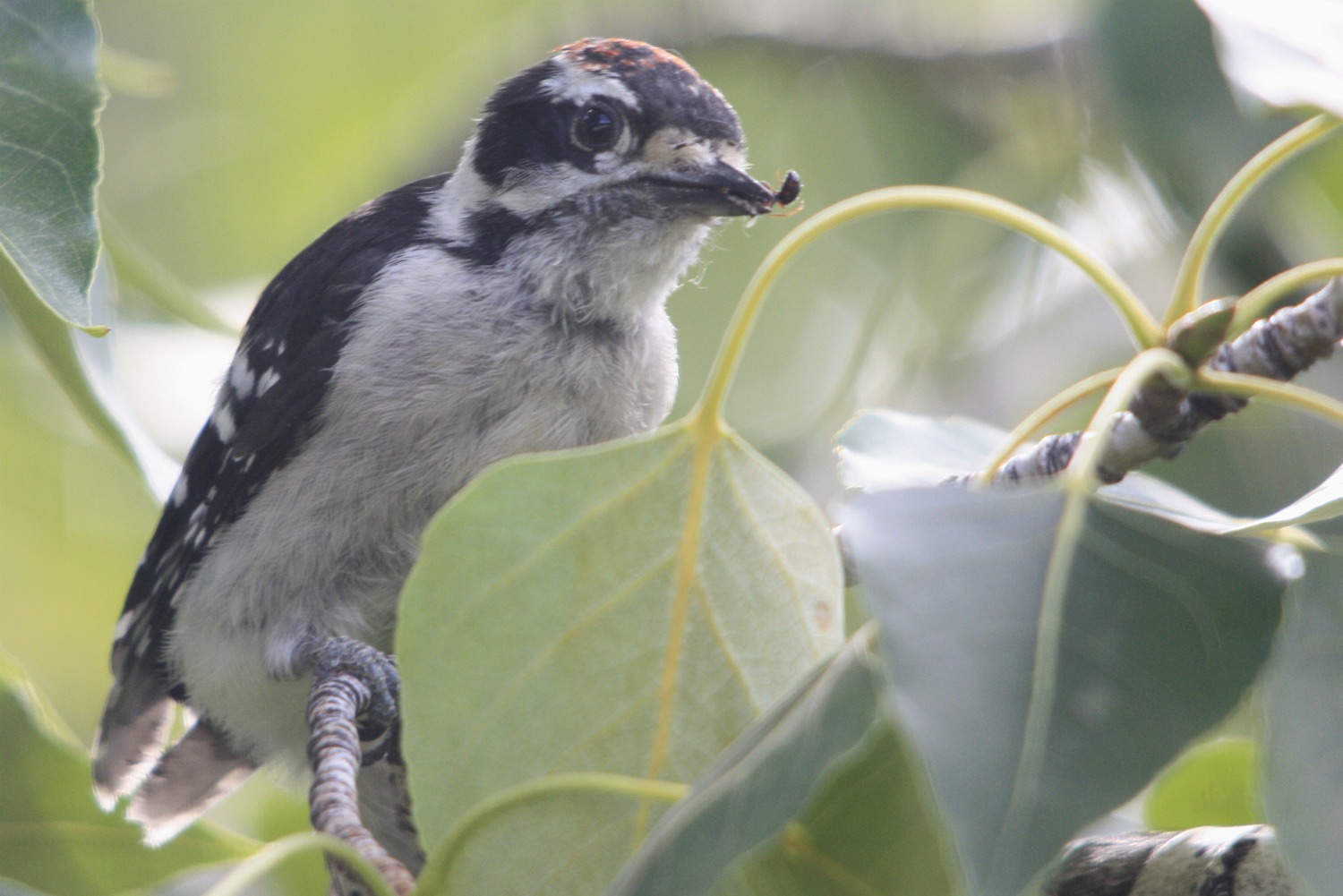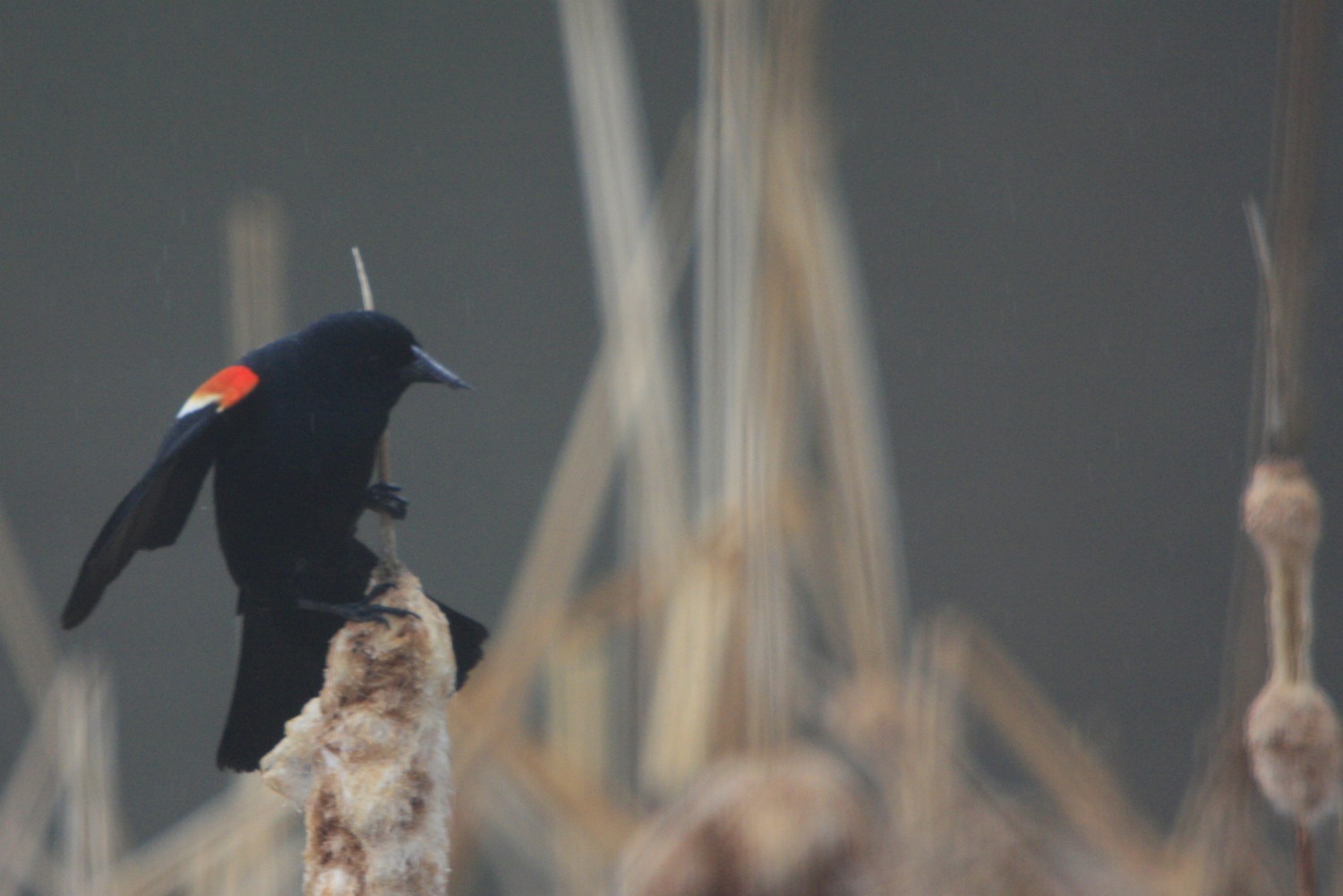As with the warblers that have now joined the southbound shorebirds, I too have migrated south; all the way down to Houston, Texas for the school year. I will be able to report on some of the birds that call Calgary home in the summer, such as robins, warblers and waterfowl, as they fly to warmer climates for the winter and then I will be able to announce their return trip to Calgary and the remainder of Canada as they return north next spring.
There are several different species of warblers you might be seeing in Calgary this fall; some will have assumed a drab winter plumage, making the identification of several species difficult; this identification can be made even harder due to the habit warblers have of flitting in trees and in bushes as they hunt for insects, rarely pausing for good views. Here are some of the warblers you are most likely to see in Calgary this fall.
Wilson’s Warbler: Usually feeding within 3 meters (10 feet) off the ground, these small, active and energetic birds are bright yellow; the males have a round black cap while females and immatures show only traces of this cap. When identifying these warblers, remember that they are olive above, bright yellow below and lack both streaks and wing-bars.
American Redstart: Described by Roger Tory Peterson (one of the world’s most famous birders) as “a butterfly-like bird, constantly flitting, drooping wings and spreading tail”, the American Redstart does just that as they act like a flycatcher, darting between perches to snatch up flying insects.
Black-and-white Warbler: Living up to it’s name, the Black-and-white warbler is striped black-and-white above and has a white belly. This pretty bird has an unusual habit for warblers; thanks to long claws, it can move along branches and trunks like a nuthatch, searching cracks and crevices for insects.
Orange-crowned Warbler: A drab warbler with olive-green upperparts and grey-yellow underparts, most Orange-crowned Warblers seen in fall and winter are very grey. Most Orange-crowned Warblers do not come through southern Alberta until the last two weeks of September and are sometimes accompanied by our next warbler, the Yellow-rumped.
Yellow-rumped Warbler: Brown above, streaked white below, the Yellow-rumped Warbler in winter plumage is best identified by it’s namesake yellow rump.
Other warblers that you might see this fall are the Ovenbird, the Blackpoll Warbler (in winter plumage), the Tennessee Warbler or even some more uncommon ones such as the Black-throated Green Warbler or a Townsend’s Warbler. Fall migration can prove to challenge every birdwatcher with identification, but this challenge can make birding a lot more fun!
Posted by Matthew Sim (In Texas)






















































